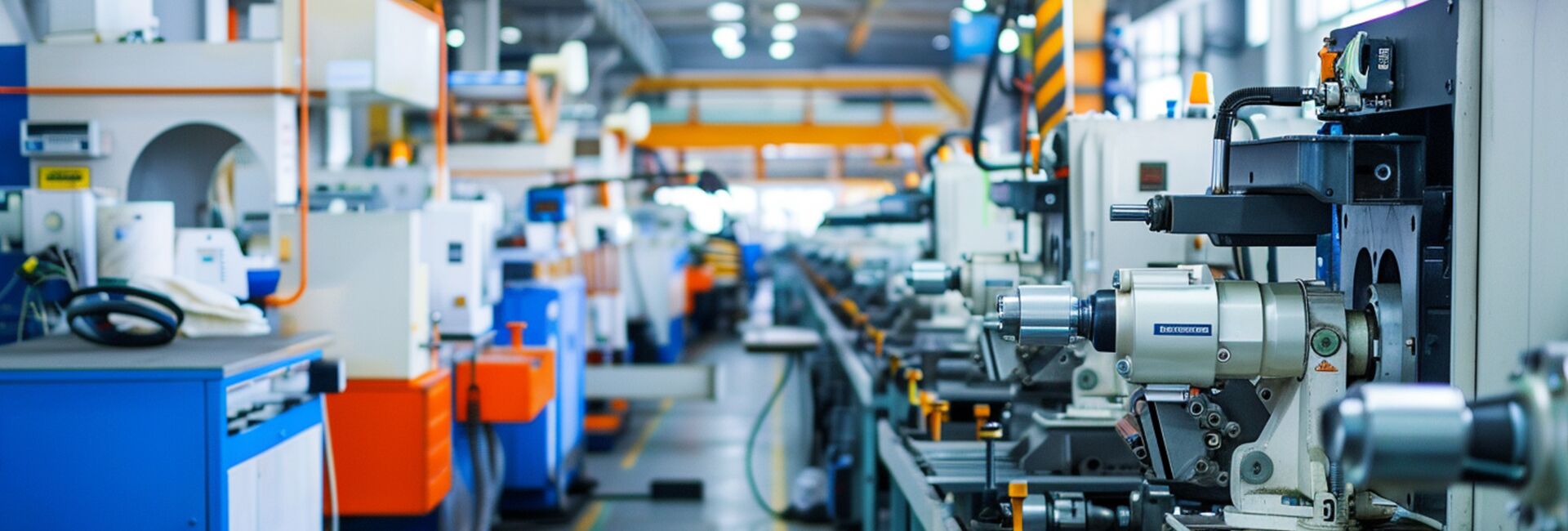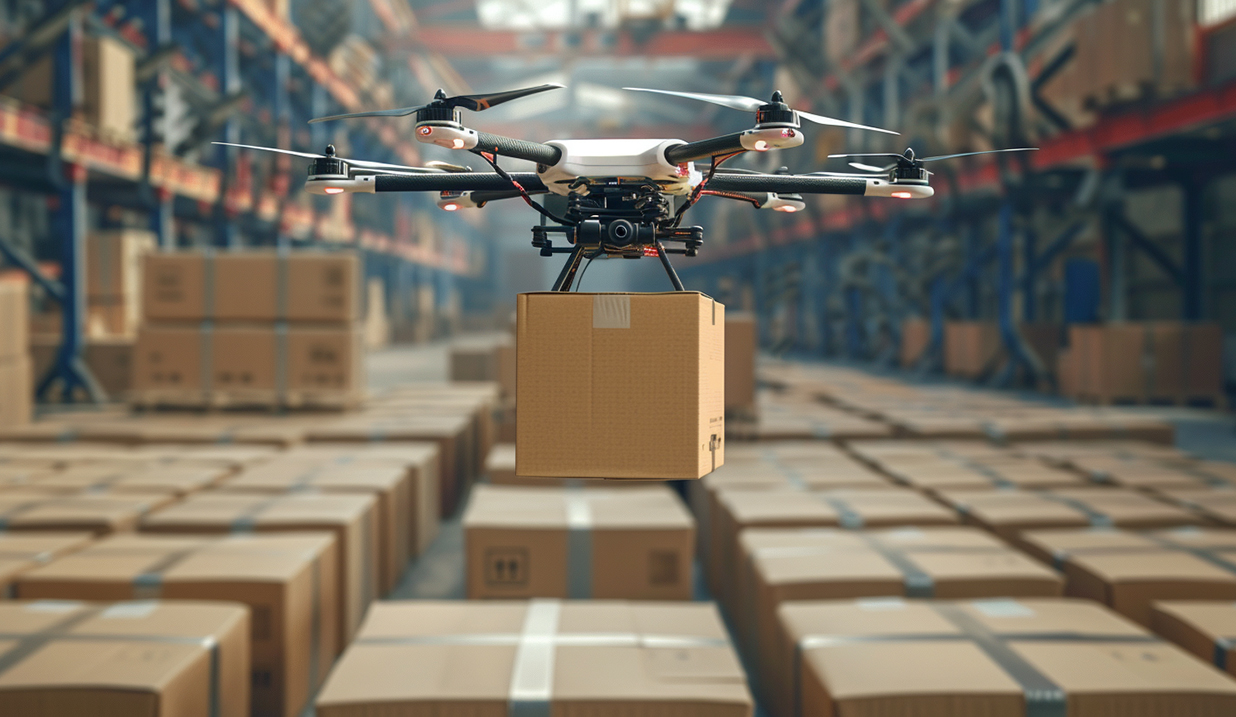
WIRELESS CHARGING IN THE NEWS
In the digital transformation to enhance factory safety and efficiency, many manufacturing enterprises in Henan Province are actively deploying intelligent technologies such as robots and drones, with a focus on replacing high-risk positions that pose risks such as radiation, toxic gases, and collapses.
Coal chemical industry case: Its 5G dispatching center achieves millisecond-level data synchronization and integrated monitoring through digital twin technology. At present, the inspection robot for the distribution room has been put into testing. One robot can replace three workers, achieving the goal of "two hours of charging and two hours of inspection". In the future, it is planned to expand to more high-risk areas such as the basement of coke ovens. Intelligent means have helped it increase energy efficiency by 15% and per capita labor efficiency by 20%.
Smart Mine Case: Utilizing digital twins to build a three-dimensional control platform for smart mines, integrating data on the status of mining areas and equipment. The unmanned excavator and unmanned mining truck systems have been introduced as key points, achieving fully unmanned operation from loading to transportation (the first batch includes 1 unmanned excavator and 2 unmanned mining trucks). Drones are responsible for full-area inspections, monitoring the mining face, personnel safety and fire hazards, and transmitting data in real time. This move significantly reduces the risk of casualties in mining area accidents.
Food manufacturing case: Building a digital factory to automate key processes. The "unmanned three-piece set" has been deployed at the supply chain end: inspection drones, inspection robot dogs and an AGV unmanned transfer vehicle with a load capacity of ten tons. These applications, in combination with automated production lines, have increased production collaboration efficiency by approximately 30% and reduced overall costs by 20%.
Focus on security and efficiency: The enterprise has clearly stated that the current intelligent deployment prioritizes high-risk scenarios. It is emphasized that the top priority of this move is to ensure the safety of workers and prevent threats such as radiation and carbon monoxide poisoning. It is pointed out that unmanned mining trucks can effectively avoid the risk of slope collapse. Although intelligence can enhance efficiency (for instance, the Liyuan five-vehicle interlocking system significantly reduces the number of operators), it also has the potential to replace human labor (one robot dog for three people and one AGV for four to five people). However, enterprises currently mainly position it as a "personnel replacement" solution for high-risk positions. Experts suggest that in the face of technological changes, both enterprises and individuals need to proactively adapt. Enterprises should create new positions and workers should learn new skills.







